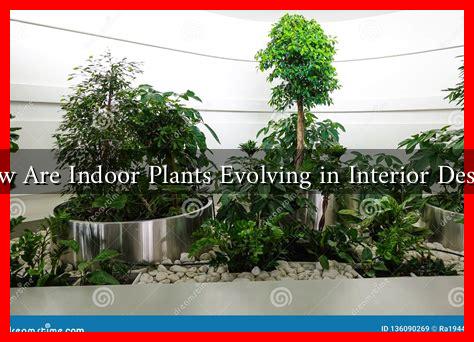-
Table of Contents
How Are Indoor Plants Evolving in Interior Design
Indoor plants have long been a staple in interior design, but their role is evolving dramatically in response to changing aesthetics, health awareness, and environmental concerns. As urban living spaces become more compact and the demand for sustainable design increases, indoor plants are not just decorative elements; they are becoming integral to the overall design philosophy. This article explores how indoor plants are evolving in interior design, highlighting trends, benefits, and innovative applications.
The Rise of Biophilic Design
Biophilic design, which emphasizes the connection between nature and the built environment, is gaining traction in interior design. This approach is rooted in the idea that incorporating natural elements can enhance well-being, productivity, and creativity. Indoor plants play a crucial role in this design philosophy.
- Health Benefits: Studies have shown that indoor plants can improve air quality, reduce stress, and increase overall happiness. For instance, a study by NASA found that certain plants can remove toxins from the air, making them essential for healthier living spaces.
- Enhanced Aesthetics: Plants add color, texture, and life to interiors, creating visually appealing spaces. Designers are increasingly using plants as focal points or to soften hard edges in modern architecture.
Innovative Plant Arrangements
Gone are the days of simple potted plants on windowsills. Today, designers are experimenting with innovative plant arrangements that challenge traditional norms. Here are some popular trends:
- Vertical Gardens: Also known as living walls, vertical gardens are becoming a popular feature in both residential and commercial spaces. They maximize space and create a stunning visual impact while improving air quality.
- Hanging Gardens: From macramé hangers to modern wall-mounted planters, hanging plants are a stylish way to incorporate greenery without taking up floor space.
- Terrariums: These miniature ecosystems are not only visually appealing but also require minimal maintenance, making them perfect for urban dwellers.
Smart Technology and Indoor Plants
The integration of smart technology into indoor gardening is another significant evolution. Smart planters equipped with sensors can monitor soil moisture, light levels, and temperature, providing real-time data to plant owners. This technology is particularly beneficial for those who may not have a green thumb.
- Automated Watering Systems: These systems ensure that plants receive the right amount of water, reducing the risk of over or under-watering.
- Mobile Apps: Apps that provide care tips, reminders, and even virtual plant consultations are making it easier for people to care for their indoor gardens.
Case Studies: Successful Implementations
Several companies and designers have successfully integrated indoor plants into their designs, showcasing the versatility and benefits of greenery in interiors.
- Amazon Spheres: Located in Seattle, these glass domes house thousands of plants from around the world, creating a unique workspace that promotes creativity and collaboration.
- Google’s Office Spaces: Google has incorporated biophilic design principles in its offices, using plants to create a more inviting and productive environment for employees.
Conclusion: The Future of Indoor Plants in Design
The evolution of indoor plants in interior design reflects a broader shift towards sustainability, well-being, and innovation. As designers continue to explore new ways to incorporate greenery into living and working spaces, the benefits of indoor plants will only become more pronounced. From enhancing aesthetics to improving air quality and promoting mental health, indoor plants are not just a trend; they are a vital component of modern interior design.
As we move forward, embracing the integration of indoor plants into our spaces will not only beautify our environments but also contribute to a healthier, more sustainable future. For more insights on biophilic design and indoor gardening, you can visit Biophilic Design.

